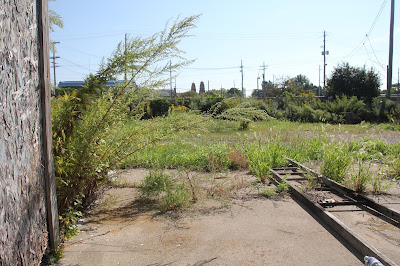There was a long period of time during which my family experienced such upheaval, that we were at a loss for how to handle it. So out of our experience, we struggled day-by-day to understand it all, and to cope with the ongoing fallout. Walking around as if wounded, we immediately assisted the "victims." To compound the matter, we also understood the plight of the "perpetrators," and wished them no harm.
Pulling me down, I fervently prayed for some resolution to the problems, but none came. Then one night I dreamed . . .
I am sitting on the north side (where I sleep) of the house watching up in the air where a large number of grosbeaks eat doughnuts. A person stands beside me, and though not specified, I know it is a family member. Now a blue jay or two join the grosbeaks, and I say, "Where are they all going?" Up near the gutters they flutter all around, holding up enormous amounts of doughnuts. As I continue to watch, more blue jays come--more than I ever expected. The addition of so many blue jays only adds to the pleasure of seeing the grosbeaks. They're all so beautiful.
A song had started while still dreaming, and as I got awake, playing in my head was the voice of Vera Lynn singing, "The White Cliffs of Dover." Growing up in the 40's, this hopeful song, with Vera Lynn's strong and vibrant voice, reminded us that one day the war would be over and "There'll be bluebirds over the white cliffs of Dover, tomorrow, just you wait and see."
On waking, there were tears on my face and I continued crying for a time. The tears were purely those of "thanks." From the dream, I knew there was hope for the future and it helped me carry on.
You'd wonder how such a seemingly funny dream could cause such emotion. It was the song that pointed to its deeper meaning, but so were the messengers. That the first messenger was a rose-breasted grosbeak, reminded me of my grandmother, Rose, blessed with a prominent nose, and who I've felt looks out for me. The addition of blue jays (my favorite sturdy bird), brought the beauty and message by song. Their being up by the gutter, was a clue of the low place where I was then. Doughnuts represented to me a treat, sweetness, but something of the sturdy variety--not fancy. And though they were right above us, the birds were still holding up enormous amounts of doughnuts.
I hoped that they might dispense a little soon.
Allposters: Birds and Trees, Discovery Park
Kevin Cruff
Written in 1941 by Walter Kent with words by Nat Burton, the song was also among the most popular Second World War tunes.







